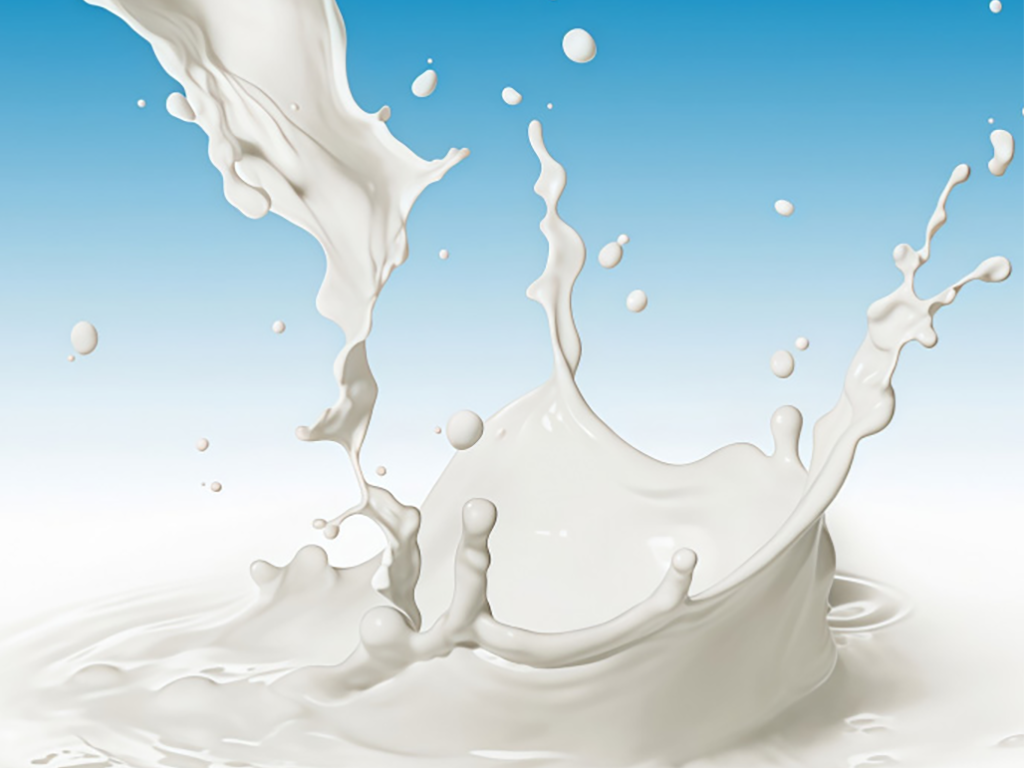Octyl acrylate quality is defined by consistency in purity, composition, and performance, ensuring reliability in industrial applications. Key quality indicators include high purity (≥99%), measured via gas chromatography, with low levels of impurities (octanol, acrylic acid) that could disrupt polymerization. Acid value and moisture content are tightly controlled to prevent degradation and ensure stability during storage and processing. Color (≤30 APHA) indicates minimal degradation, ensuring it does not affect end-product appearance. Inhibitor content is precisely regulated to balance storage stability and reactivity, critical for consistent polymerization results. Quality is maintained through rigorous testing at each production stage: raw material inspection, in-process monitoring of esterification and distillation, and finished product analysis. Manufacturers implement quality management systems (e.g., ISO 9001) to standardize processes, with batch-to-batch consistency verified through certificates of analysis. High-quality octyl acrylate, such as that produced by E Plus Chemical Co., Ltd., ensures formulators can rely on predictable performance in adhesives, coatings, and polymers, reducing production variability and supporting high-quality end products.
